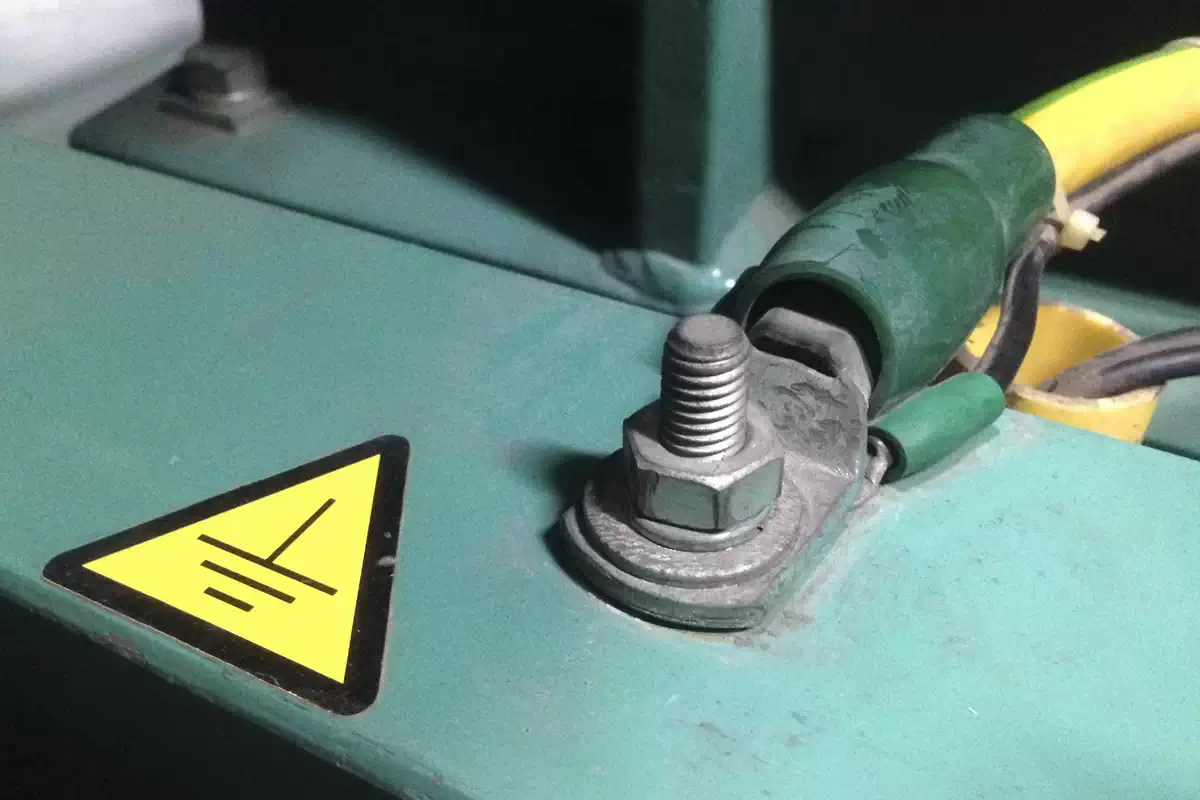I'm not an electrician.
You might want to browse this article;
Grounding a Generator - The guide will clear your doubts about portable generator grounding as per OSHA, NEC for neutal floating & bonded sets.
yourpowerguide.com
One of the big issues is how your transfer switch to generator operates. Some switch the neutral, and some don't. Check.

www.ecmag.com
Notice that the NEC is apparently silent on whether the generator
has to have its own ground.
As far as I can tell, there are multiple viewpoints, OSH, NEC, generator manufacturers...
My take on this can of worms is...to be careful. I am not a code expert, but in my reading about the NEC take on this, they seem to be concerned about having two paths for the neutral current to flow on, one path on the neutral wire and one on the ground wire. If the main ground floats, then there can be significant voltages on the ground wire, and anything attached to ground, like conduits, stove frames, dryers, etc.
Many generators are shipped with the neutral bonded at the generator, assuming that the generator will be used as a stand-alone power source, with its own ground rod. You have to check. Mine weren't.
My takeaway is that if your neutrals are, and remain, connected and bonded to ground at the main service panel, having a single bonding point at the service panel makes sense to me. If that fails, then you run the very really risk of metal items in the house, stoves, dryers, conduit having significant voltages with respect to ground. Potentially lethal voltages. Putting the ground bond at the generator works as well. Having both the generator ground and neutral bonded, and the panel ground and neutral bonded, runs the risk voltage on the ground wire or shields between the two, and a ground loop between the two grounds (corrosion/interference issue). For short term, portable generator usage, probably not a major issue, but I'm not an expert!
Good luck, and this is definitely not expert advice.
Peter
